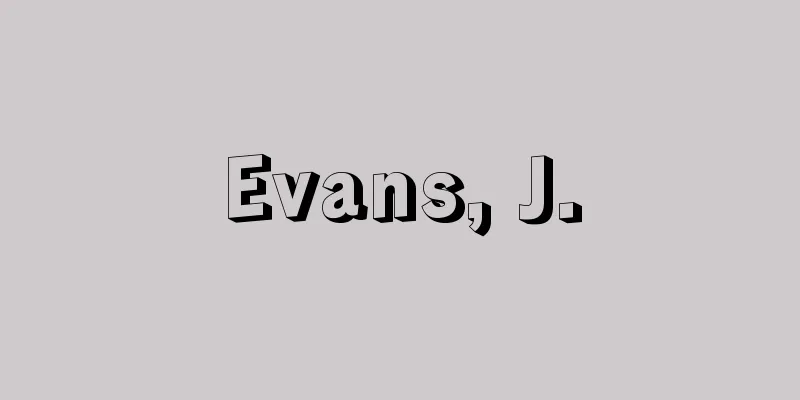Stiff shoulder

What is the disease?It is a disease accompanied by symptoms such as discomfort, strange feeling, and dull pain, mainly due to muscle tension from the back of the head to the shoulders and shoulder blades. According to the Ministry of Health, Labor and Welfare's Basic Survey on National Living Conditions (2008), 58 out of 1,000 men and 123 out of 1,000 women complain of stiff shoulders. " What is the cause? The upper limbs and trunk are connected only by the clavicle, and are suspended above the ribs via the shoulder blades. "Stiff shoulders" is a medical term that describes the symptoms, and there are various illnesses that can cause stiff shoulders. There are two types of "stiff shoulders": those without an underlying disease (no obvious damage to the body) and those with orthopedic ( In young people, shoulder stiffness without underlying diseases is often caused by poor posture and reduced flexibility due to bones growing faster than muscles and tendons, while in the prime of working life, shoulder stiffness is often caused by long hours of simple work under mental stress. In the elderly, shoulder stiffness is often caused by underlying diseases associated with aging. The underlying diseases that can cause stiff shoulders include thoracic outlet syndrome and The nerves that leave the neck and go to the upper limbs pass between the muscles of the neck and under the collarbone, but if the nerves or blood vessels are pulled or compressed in this area, it can cause pain or numbness in the neck, shoulders, arms, hands, etc. This is called thoracic outlet syndrome, and it can also lead to stiff shoulders. In addition, the cervical Treatment methods Basically, it is caused by fatigue or over-tension of the muscles around the shoulders, so approaches to muscles and posture are often effective. If the pain is severe, oral administration of anti-inflammatory analgesics and muscle relaxants, or application of a cataplasm To prevent this, lift your shoulder blades and raise your arms, and train your trapezius and other muscles on a daily basis. Stretching the neck and shoulder blades promotes blood circulation and relaxes the muscles, which is effective in relieving chronic localized muscle tension. It is important to move your muscles in a balanced way yourself. It is also important to pay attention to your posture while working and to ensure that your desk is not too far from your body, and that you can rest your elbows and wrists on the desk. What to do if you notice an illness Symptoms Hiromitsu Toyoda and Hiroaki Nakamura Source: Houken “Sixth Edition Family Medicine Encyclopedia” Information about the Sixth Edition Family Medicine Encyclopedia |
どんな病気か後頭部から肩、および肩甲部にかけての筋肉の緊張を中心とする不快感、違和感、鈍痛などの症状を伴う病気です。厚生労働省の国民生活基礎調査(2008年)によると、男性の1000人に58人、女性の1000人に123人が肩こりを訴えています。 「 原因は何か 上肢と体幹は、骨としては鎖骨のみでつながっており、肩甲骨を介して肋骨の上に浮いているだけの状態になっています。このため、 肩こりとは症状を表した病名であり、肩こりを来す病気にはさまざまなものがあります。基礎疾患を伴わない(身体に明らかな損傷のない)いわゆる「肩こり」と、整形外科( 基礎疾患を伴わないいわゆる肩こりは、若者の場合は、骨の成長が筋・腱の成長よりも急速なために生じる体の柔軟性の低下や不良姿勢に起因した場合が多く、働き盛りの年代では、長時間の精神的緊張下での単純作業中に発生することが多いといわれています。高齢者では、老化に伴う基礎疾患を伴った肩こりの割合が多くみられます。 肩こりを誘発する基礎疾患としては、胸郭出口(きょうかくでぐち)症候群や 頸部から出て上肢へ行く神経は、いったん頸部の筋肉間や鎖骨下を通過しますが、この部位で神経や血管が引っ張られたり圧迫されたりすると、首、肩、腕、手などの痛みやしびれが生じます。これを胸郭出口症候群といい、肩こりが続発することもあります。 また、頸椎の 治療の方法 基本的には両肩周囲の筋肉の疲労や過緊張が原因になるので、筋肉や姿勢に対するアプローチが有効なことが多いです。疼痛が強い場合には、消炎鎮痛薬や筋弛緩薬の内服、パップ剤の 予防するためには、肩甲骨のもち上げや両腕挙上体操を行い、僧帽筋などの筋力を日ごろから鍛えておきます。頸部や肩甲骨のストレッチは血液の循環を促進させて筋を弛緩し、慢性化した局所的な筋緊張の緩和に有効です。自分で筋肉をバランスよく動かしていくことが重要です。 労働中は、作業中の姿勢に気をくばり、作業机と作業者の体との距離が遠すぎないように、肘や手首を台の上に置いて仕事ができるように工夫することも大切です。 病気に気づいたらどうする 症状が 豊田 宏光, 中村 博亮 出典 法研「六訂版 家庭医学大全科」六訂版 家庭医学大全科について 情報 |
Recommend
Ibas
…The “Tria Kephalaia” (Three Chapters) refers to ...
Plastic
…The most typical example is the coda of the pas ...
London Bridge - Londonbashi
A bridge over the River Thames in London. It is a ...
Prince Okusaka - The Prince of Okusaka
A son of Emperor Nintoku who appears in the Kojiki...
Kuper, EA (English name) KuperEA
...Its predecessor was the court orchestra founde...
Oceanic noise
When a typhoon or strong low pressure system is o...
Ilig Hahn - Ilig Hahn
…840-1212. Also called the Ilig Khan dynasty. The...
Pale Horse
…He was arrested in 1906, but escaped with the he...
Cyclarhis
...General term for birds of the Vireonidae famil...
Submarine forest
...The individual tree trunks that make up a foss...
Accademia del Disegno (English spelling)
…(4) Providing opportunities for member painters ...
Parallel - Heiko
Two lines that do not intersect on the same plane...
Gattermann-Koch reaction
This is an industrial synthesis method for aromati...
Dulles International Airport
…There is another old airport in Chicago called M...
Pseudolarix kaempferi (English spelling) Pseudolarixkaempferi
... The Larix genus (larch) is distributed in the...









